Giulio Burgio
@giulioburgio.bsky.social
Postdoc @asanchezlab.bsky.social @ibfg.bsky.social
Former Postdoc @vcsi.bsky.social | MSCActions PhD Fellow @urv.cat
Physics of Complex Systems
Former Postdoc @vcsi.bsky.social | MSCActions PhD Fellow @urv.cat
Physics of Complex Systems
Reposted by Giulio Burgio
Here are your 10 -essential- AI prompts for academics ... make your life easy with help from @profserious.bsky.social profserious.substack.com/p/10-ai-prom...

10 AI Prompts for Academics
making those hard jobs a little easier ...
profserious.substack.com
October 5, 2025 at 7:56 AM
Here are your 10 -essential- AI prompts for academics ... make your life easy with help from @profserious.bsky.social profserious.substack.com/p/10-ai-prom...
Reposted by Giulio Burgio
Really happy to see this out in PRX Life! There you can find an eco-evolutionary framework integrating the evolution of viral infectiousness and antigenic features. While the former determines contagion events among hosts, the latter tells us how quickly viruses can escape population immunity 1/4👇

October 3, 2025 at 8:03 AM
Really happy to see this out in PRX Life! There you can find an eco-evolutionary framework integrating the evolution of viral infectiousness and antigenic features. While the former determines contagion events among hosts, the latter tells us how quickly viruses can escape population immunity 1/4👇
Reposted by Giulio Burgio
Excited about this paper and the interactive story to accompany it. Congrats @lhd.bsky.social @juniperlov.bsky.social @giulioburgio.bsky.social @sfiscience.bsky.social @unioflimerick.bsky.social and nice story telling @jstonge.bsky.social!
The interactive story is by @jstonge.bsky.social and other friends: complex-stories.uvm.edu/friends-funn....
The paper is with friends from @vcsi.bsky.social @sfiscience.bsky.social and @unioflimerick.bsky.social.
The paper is with friends from @vcsi.bsky.social @sfiscience.bsky.social and @unioflimerick.bsky.social.
complex-stories.uvm.edu
September 18, 2025 at 6:59 PM
Excited about this paper and the interactive story to accompany it. Congrats @lhd.bsky.social @juniperlov.bsky.social @giulioburgio.bsky.social @sfiscience.bsky.social @unioflimerick.bsky.social and nice story telling @jstonge.bsky.social!
Very cool interactive story, @jstonge.bsky.social!
"[...] real social cascades aren't simply branching processes with fixed rules." A self-reinforcing mechanism is what we propose in a recent piece led by the one and only @lhd.bsky.social.
"[...] real social cascades aren't simply branching processes with fixed rules." A self-reinforcing mechanism is what we propose in a recent piece led by the one and only @lhd.bsky.social.
Our Physical Review Letter looks at how to get power-law distributions of cascade size without tuning or self-organization to criticality by allowing cascades to improve in quality and jump over gaps or dead-ends
TL;DR complex-stories.uvm.edu/friends-funn...
Paper: journals.aps.org/prl/abstract...
TL;DR complex-stories.uvm.edu/friends-funn...
Paper: journals.aps.org/prl/abstract...
complex-stories.uvm.edu
September 21, 2025 at 2:59 PM
Very cool interactive story, @jstonge.bsky.social!
"[...] real social cascades aren't simply branching processes with fixed rules." A self-reinforcing mechanism is what we propose in a recent piece led by the one and only @lhd.bsky.social.
"[...] real social cascades aren't simply branching processes with fixed rules." A self-reinforcing mechanism is what we propose in a recent piece led by the one and only @lhd.bsky.social.
Reposted by Giulio Burgio
It might start as a joke, belief, or rumor, easy to dismiss. But then it twists, builds momentum, and spreads like wildfire. Why do some ideas die out while others go viral?
A new study by researchers from the University of Vermont and the Santa Fe Institute offers answers: santafe.edu/news
A new study by researchers from the University of Vermont and the Santa Fe Institute offers answers: santafe.edu/news

August 21, 2025 at 8:01 PM
It might start as a joke, belief, or rumor, easy to dismiss. But then it twists, builds momentum, and spreads like wildfire. Why do some ideas die out while others go viral?
A new study by researchers from the University of Vermont and the Santa Fe Institute offers answers: santafe.edu/news
A new study by researchers from the University of Vermont and the Santa Fe Institute offers answers: santafe.edu/news
Reposted by Giulio Burgio
Our team had an amazing week at @ic2s2.bsky.social in Norrköping Sweden and we will post pictures of our posters and talks soon - the big news is that we're so excited to host #IC2S2 in Burlington in 2026! youtu.be/p412S4GnPkc
July 24, 2025 at 8:00 PM
Our team had an amazing week at @ic2s2.bsky.social in Norrköping Sweden and we will post pictures of our posters and talks soon - the big news is that we're so excited to host #IC2S2 in Burlington in 2026! youtu.be/p412S4GnPkc
Reposted by Giulio Burgio
There's amazing work on group effects in higher-order networks, but not a lot of connections to social ontology, collective action, and group selection.
Led by @jstonge.bsky.social with expert guidance of @rharp.bsky.social we reviewed and formalized these connections.
arxiv.org/abs/2507.02758
Led by @jstonge.bsky.social with expert guidance of @rharp.bsky.social we reviewed and formalized these connections.
arxiv.org/abs/2507.02758
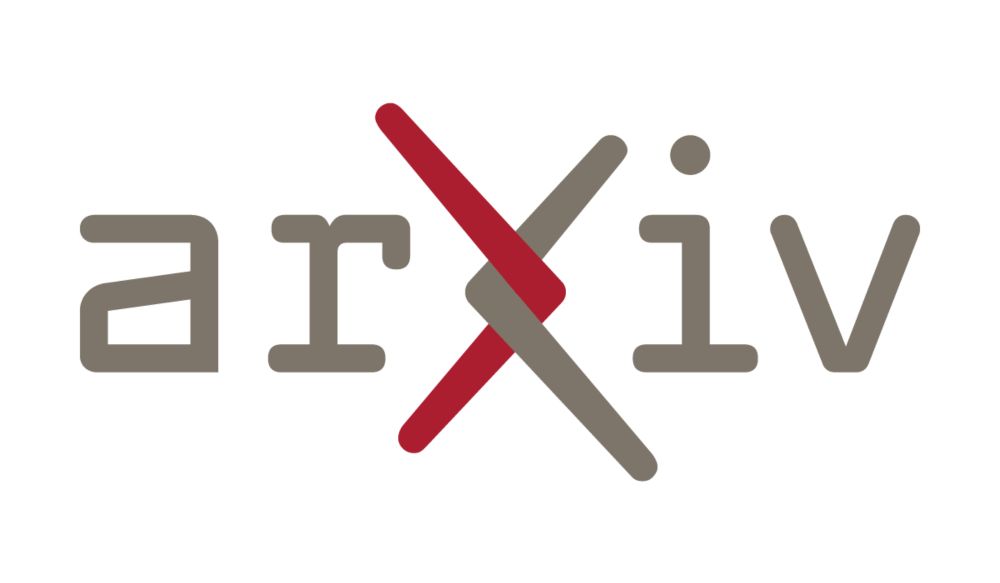
Defining and classifying models of groups: The social ontology of higher-order networks
In complex systems research, the study of higher-order interactions has exploded in recent years. Researchers have formalized various types of group interactions, such as public goods games, biologica...
arxiv.org
July 7, 2025 at 3:30 PM
There's amazing work on group effects in higher-order networks, but not a lot of connections to social ontology, collective action, and group selection.
Led by @jstonge.bsky.social with expert guidance of @rharp.bsky.social we reviewed and formalized these connections.
arxiv.org/abs/2507.02758
Led by @jstonge.bsky.social with expert guidance of @rharp.bsky.social we reviewed and formalized these connections.
arxiv.org/abs/2507.02758
Reposted by Giulio Burgio
Defining and classifying models of groups: The social ontology of higher-order networks arxiv.org/abs/2507.02758
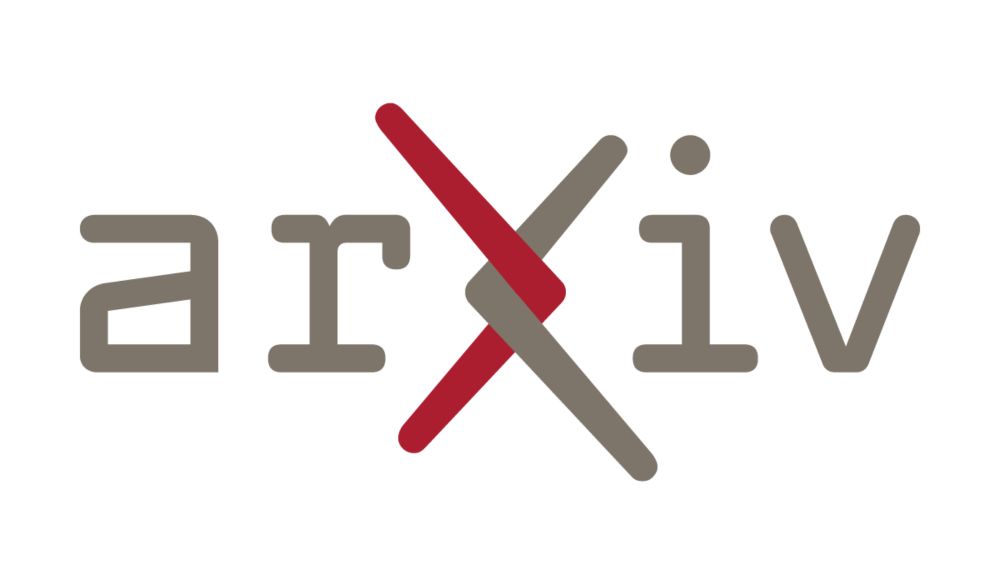
Defining and classifying models of groups: The social ontology of higher-order networks
In complex systems research, the study of higher-order interactions has exploded in recent years. Researchers have formalized various types of group interactions, such as public goods games, biologica...
arxiv.org
July 6, 2025 at 8:52 AM
Defining and classifying models of groups: The social ontology of higher-order networks arxiv.org/abs/2507.02758
Not sure we'll ever understand adaptive systems enough. But what we're sure of is that one basic reason is that you can't even start to describe them properly w/o preserving local dynamical correlations.
A fun and frustrating long way to go.
w/ the amazing @lhd.bsky.social & @gstonge.bsky.social.
A fun and frustrating long way to go.
w/ the amazing @lhd.bsky.social & @gstonge.bsky.social.
New work led by the great @giulioburgio.bsky.social.
A detailed math model to track correlations within and across groups in higher-order networks.
We also get to study adaptive hypergraphs, which self-organize as sparse or dense graphs to control a contagion.
www.nature.com/articles/s41...
A detailed math model to track correlations within and across groups in higher-order networks.
We also get to study adaptive hypergraphs, which self-organize as sparse or dense graphs to control a contagion.
www.nature.com/articles/s41...
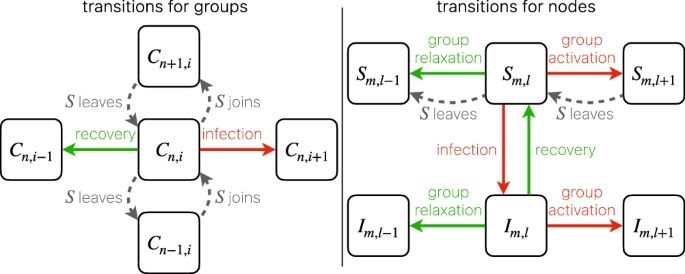
Characteristic scales and adaptation in higher-order contagions - Nature Communications
People organize in groups and contagions spread across them, meanwhile groups can evolve as people adaptively move in response to the spread. Here, authors show how keeping key dynamical correlations ...
www.nature.com
May 20, 2025 at 4:11 PM
Not sure we'll ever understand adaptive systems enough. But what we're sure of is that one basic reason is that you can't even start to describe them properly w/o preserving local dynamical correlations.
A fun and frustrating long way to go.
w/ the amazing @lhd.bsky.social & @gstonge.bsky.social.
A fun and frustrating long way to go.
w/ the amazing @lhd.bsky.social & @gstonge.bsky.social.
Reposted by Giulio Burgio
During a pandemic such as COVID19, we hope (but fail) to accurately estimate the incidence of the disease. In this paper, we propose a new approach to machine-learn models of the real incidence from readily available information (tests and detected cases) dx.doi.org/10.1371/jour...
January 8, 2025 at 5:12 PM
During a pandemic such as COVID19, we hope (but fail) to accurately estimate the incidence of the disease. In this paper, we propose a new approach to machine-learn models of the real incidence from readily available information (tests and detected cases) dx.doi.org/10.1371/jour...
Reposted by Giulio Burgio
Some decisions are best made quickly and locally. Governance can work better as a higher-order network, not a pyramid around a central state. How should we design these networks?
We looked at this with law and complexity scholars and found "effective governance" networks.
arxiv.org/abs/2412.03421
We looked at this with law and complexity scholars and found "effective governance" networks.
arxiv.org/abs/2412.03421

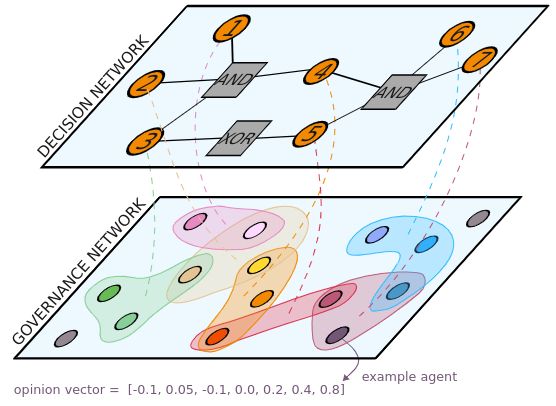
December 9, 2024 at 3:43 PM
Some decisions are best made quickly and locally. Governance can work better as a higher-order network, not a pyramid around a central state. How should we design these networks?
We looked at this with law and complexity scholars and found "effective governance" networks.
arxiv.org/abs/2412.03421
We looked at this with law and complexity scholars and found "effective governance" networks.
arxiv.org/abs/2412.03421
Reposted by Giulio Burgio
We are thrilled to share our new pre-print, “Self-Reinforcing Cascades: A Spreading Model for Beliefs or Products of Varying Intensity or Quality,” now available on arXiv! arxiv.org/pdf/2411.00714
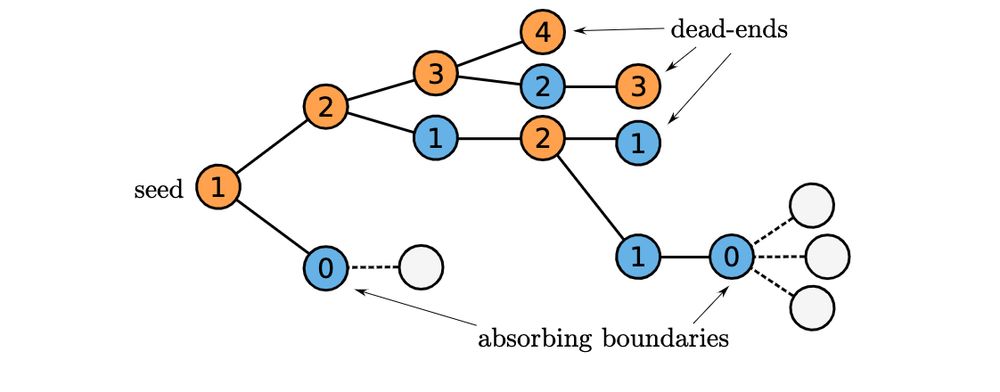
November 14, 2024 at 2:05 PM
We are thrilled to share our new pre-print, “Self-Reinforcing Cascades: A Spreading Model for Beliefs or Products of Varying Intensity or Quality,” now available on arXiv! arxiv.org/pdf/2411.00714

